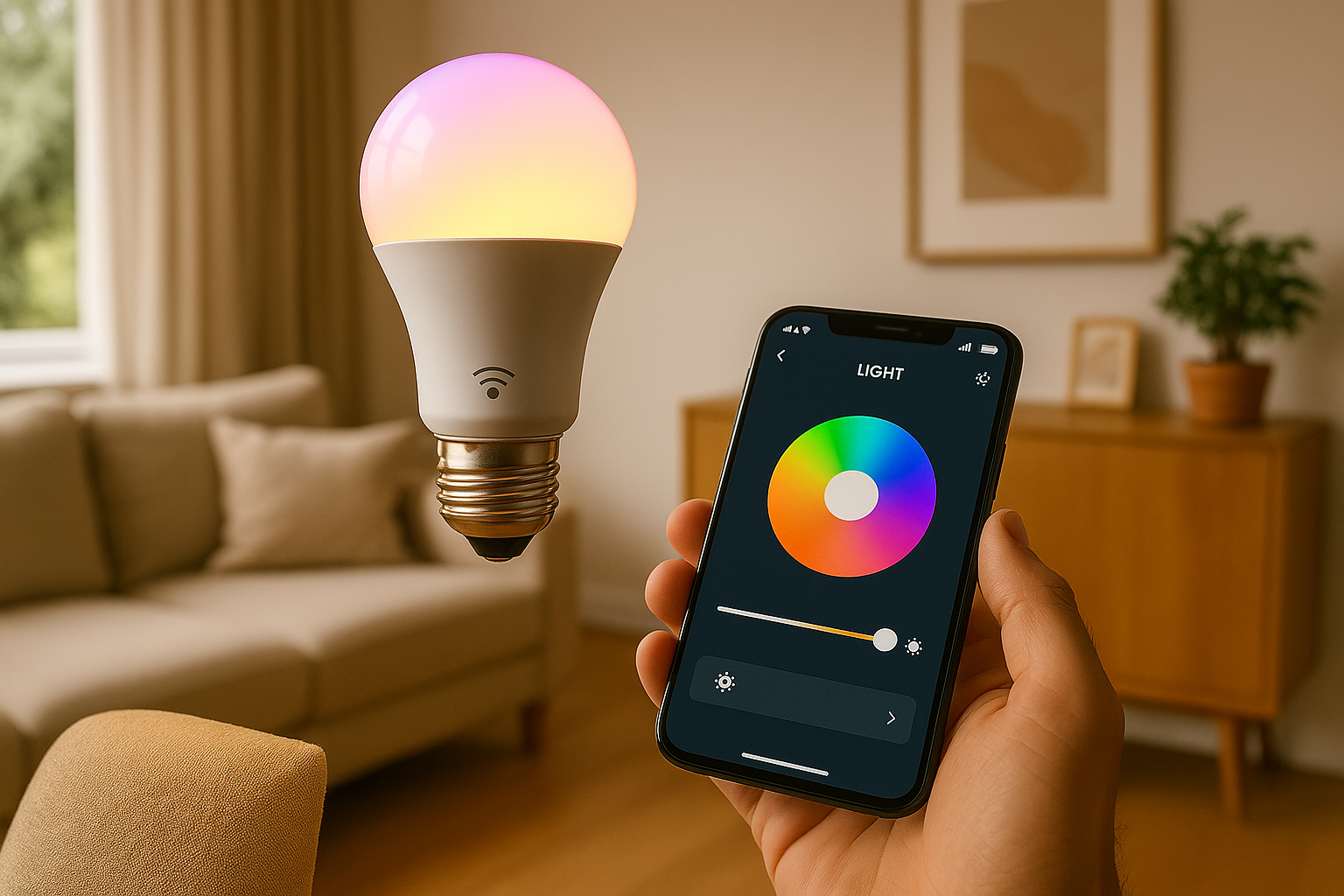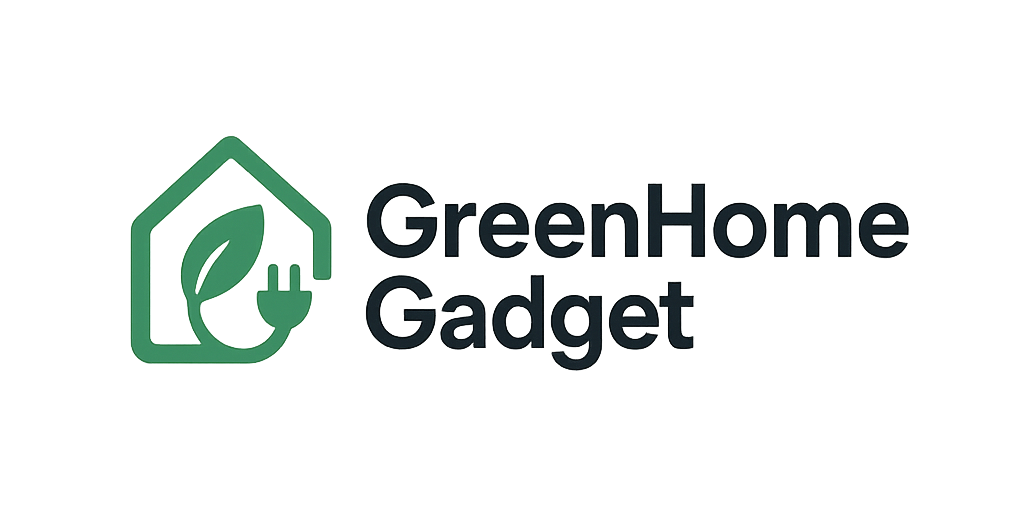
Disclosure: This guide contains affiliate links. We may earn a commission if you make a purchase through these links—at no extra cost to you.
Published: 3 June 2025
How Smart Light Bulbs Can Cut Your Energy Bills in 2025
Smart light bulbs are more than just a convenient way to control your lighting—they’re also an effective way to reduce your household energy consumption. As electricity prices continue to rise in the UK, switching to smart lighting is one of the easiest, most affordable upgrades you can make to lower your bills and increase efficiency.
In this guide, we explore the key features and benefits of smart bulbs, practical ways to use them for energy savings, and how they outperform traditional lighting in both efficiency and convenience. Whether you live in a flat or a multi-room home, smart lighting can be a powerful part of your energy-saving strategy.
1. Energy-Efficient LED Technology
All smart bulbs are based on LED technology, which is significantly more efficient than traditional incandescent or halogen lighting. LEDs use up to 80% less energy and last much longer, meaning fewer replacements and lower maintenance costs over time.
Unlike standard LEDs, smart bulbs allow you to fine-tune brightness levels, automate usage, and cut off energy waste at the source.
Recommended picks: Top 5 Energy Saving Smart Light Bulbs for UK Homes in 2025
2. Schedule-Based Lighting Control
With smart bulbs, you can create lighting schedules that fit your daily routine. Automatically turn off lights when you leave for work or dim them before bedtime. By ensuring your lights aren’t left on unnecessarily, you can cut energy waste significantly—without ever flipping a switch.
This is especially useful for families and large homes where lights are often left on in multiple rooms.
3. Motion and Presence Sensors
Some smart lighting systems support motion detection, meaning lights only activate when someone is in the room. This is perfect for bathrooms, hallways, garages, and even outdoor areas.
Presence-based automation is a smart way to save energy without needing to constantly remember to turn things off manually.
4. Remote Access from Anywhere
Smart bulbs allow you to control your lights remotely using a smartphone app. If you forget to turn something off before leaving, just open the app and shut it down from anywhere in the world.
This is especially helpful for holiday trips, work commutes, or simply managing lights in multiple rooms from one place.
5. Voice Control and Smart Assistant Integration
Smart bulbs work seamlessly with Alexa, Google Assistant, and Siri, enabling voice commands like “Turn off living room lights” or “Dim bedroom to 30%.” This not only enhances convenience but makes it easier to adopt energy-conscious habits.
Looking for budget options? 5 Cheapest Smart Light Bulbs for UK Homes in 2025 (Budget Picks)
6. Outdoor Smart Lighting
Smart garden lights offer the same energy-saving advantages as indoor bulbs—plus the benefit of motion activation and daylight sensing. You can set them to turn on only when needed, helping to reduce unnecessary outdoor energy usage.
They also provide added security and ambience for your garden or pathway lighting setup.
Explore the best outdoor options: 5 Best Smart Garden Lights for UK Homes in 2025
7. Energy Monitoring with Compatible Systems
While most smart bulbs don’t include built-in energy monitoring, some work with smart plugs or hubs that track usage. This can give you a clear view of how much power each bulb consumes and identify areas where further savings are possible.
Pairing smart bulbs with energy analytics tools gives you more control over your lighting habits and utility spending.
Final Thoughts: Small Bulbs, Big Impact
Smart light bulbs offer one of the most accessible paths to a greener, more energy-efficient home in 2025. By combining LED savings with automation, voice control, remote access, and sensor integration, these small devices can lead to substantial reductions in energy bills and carbon footprint.
Whether you’re upgrading one room or your entire house, smart lighting is a bright move toward smarter energy use.
